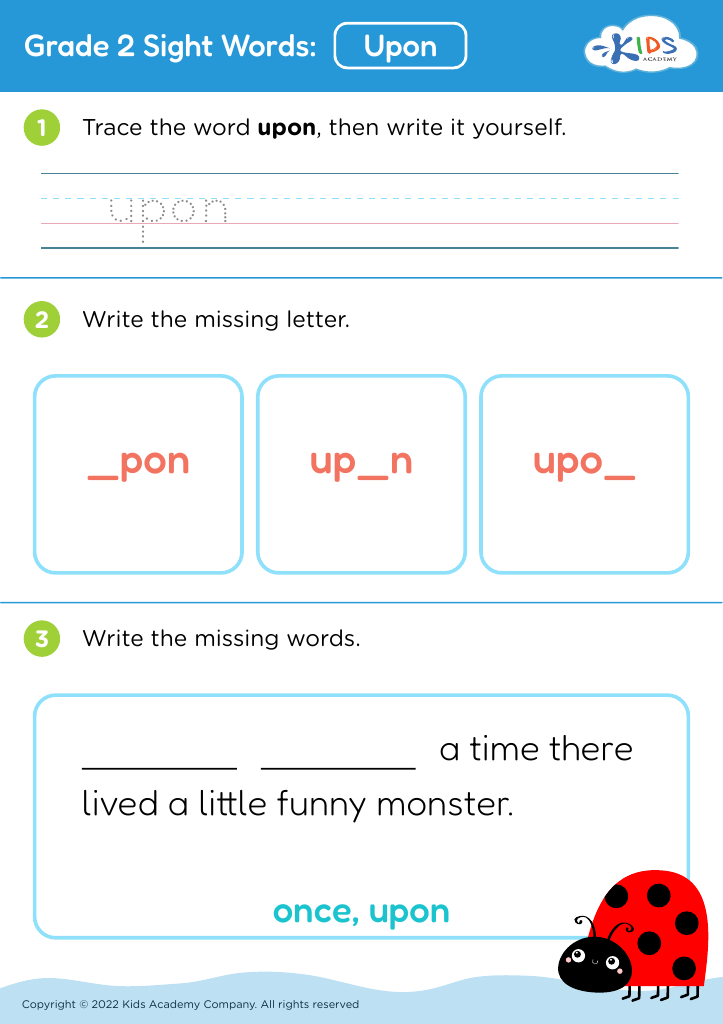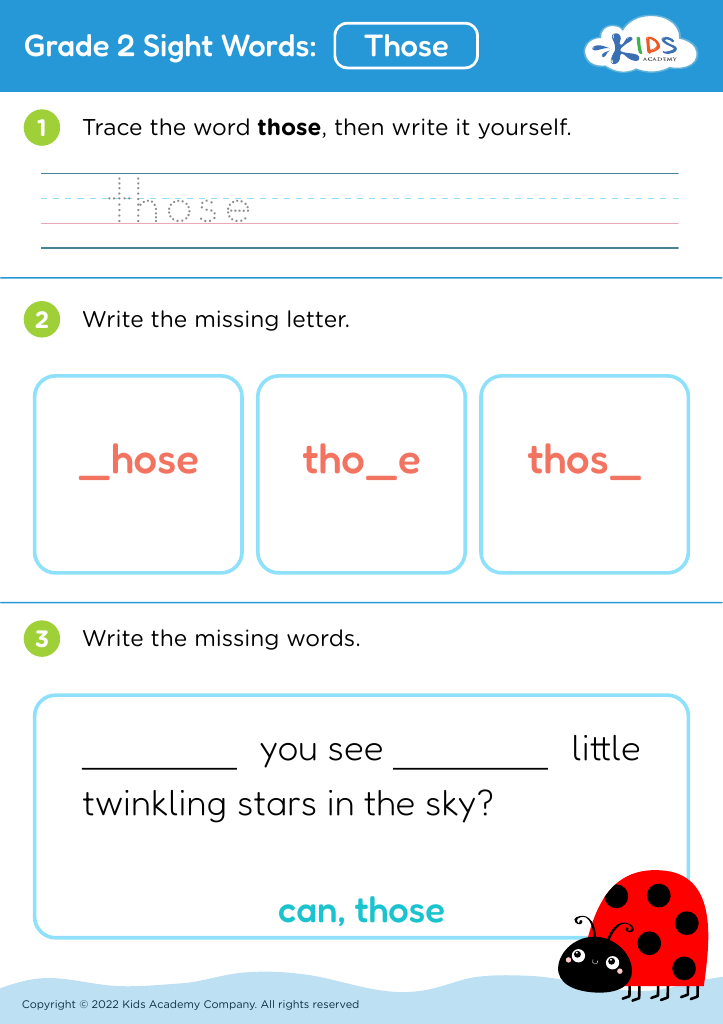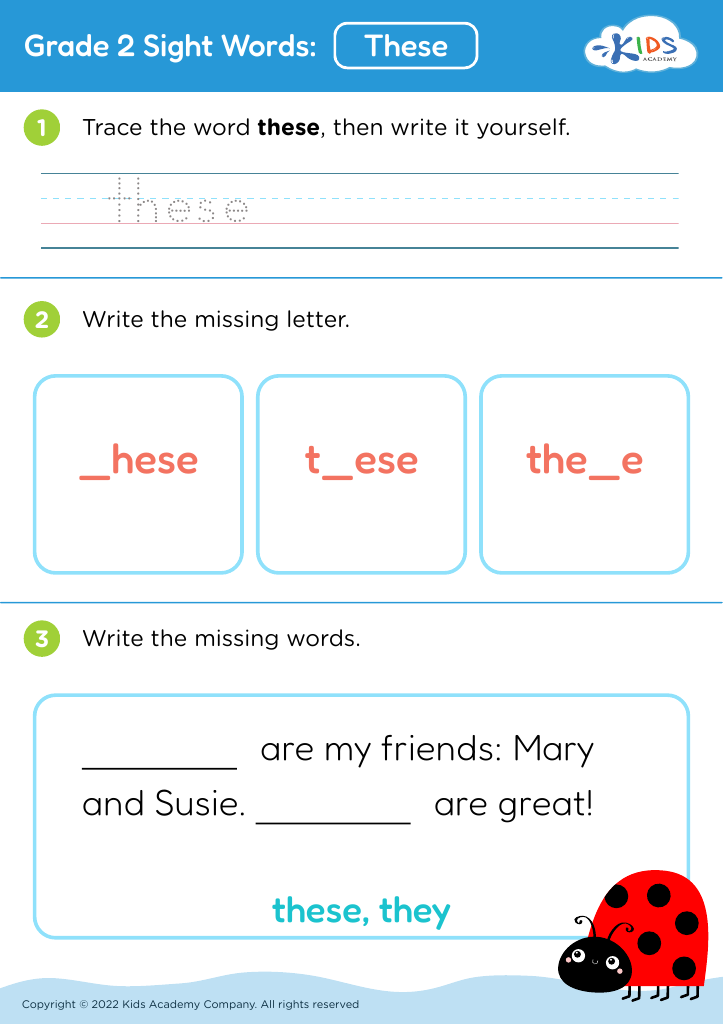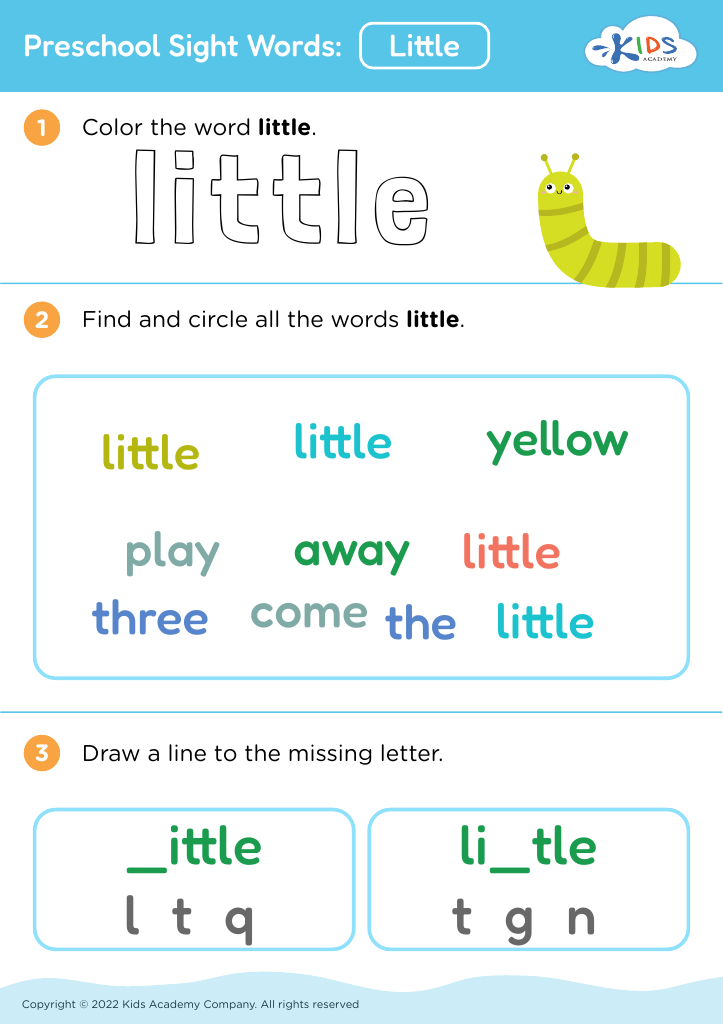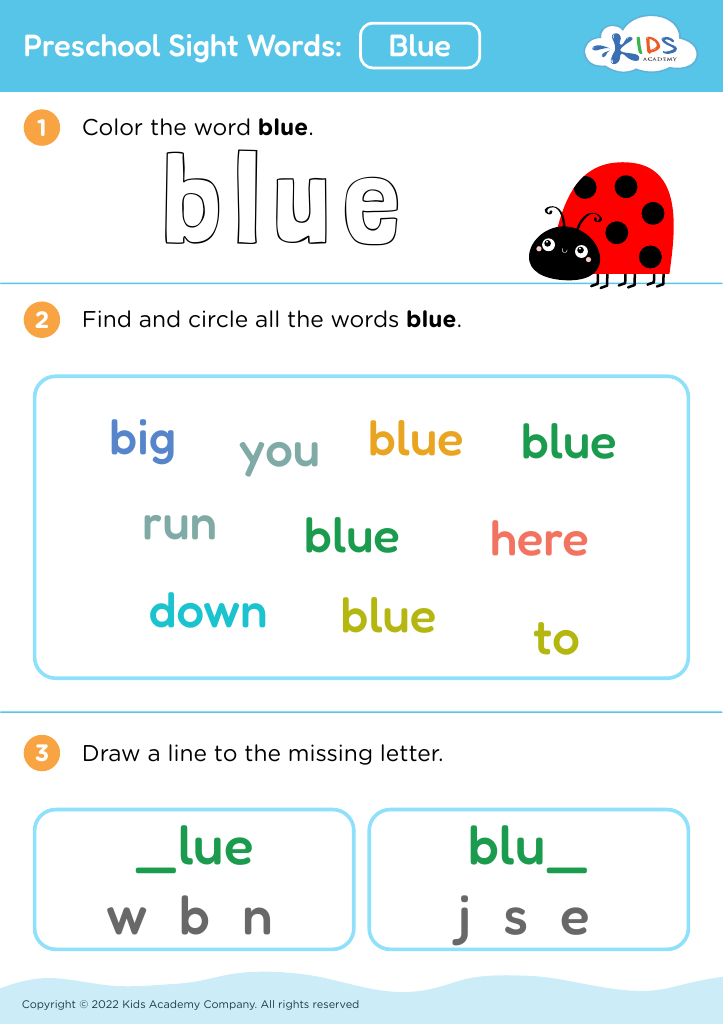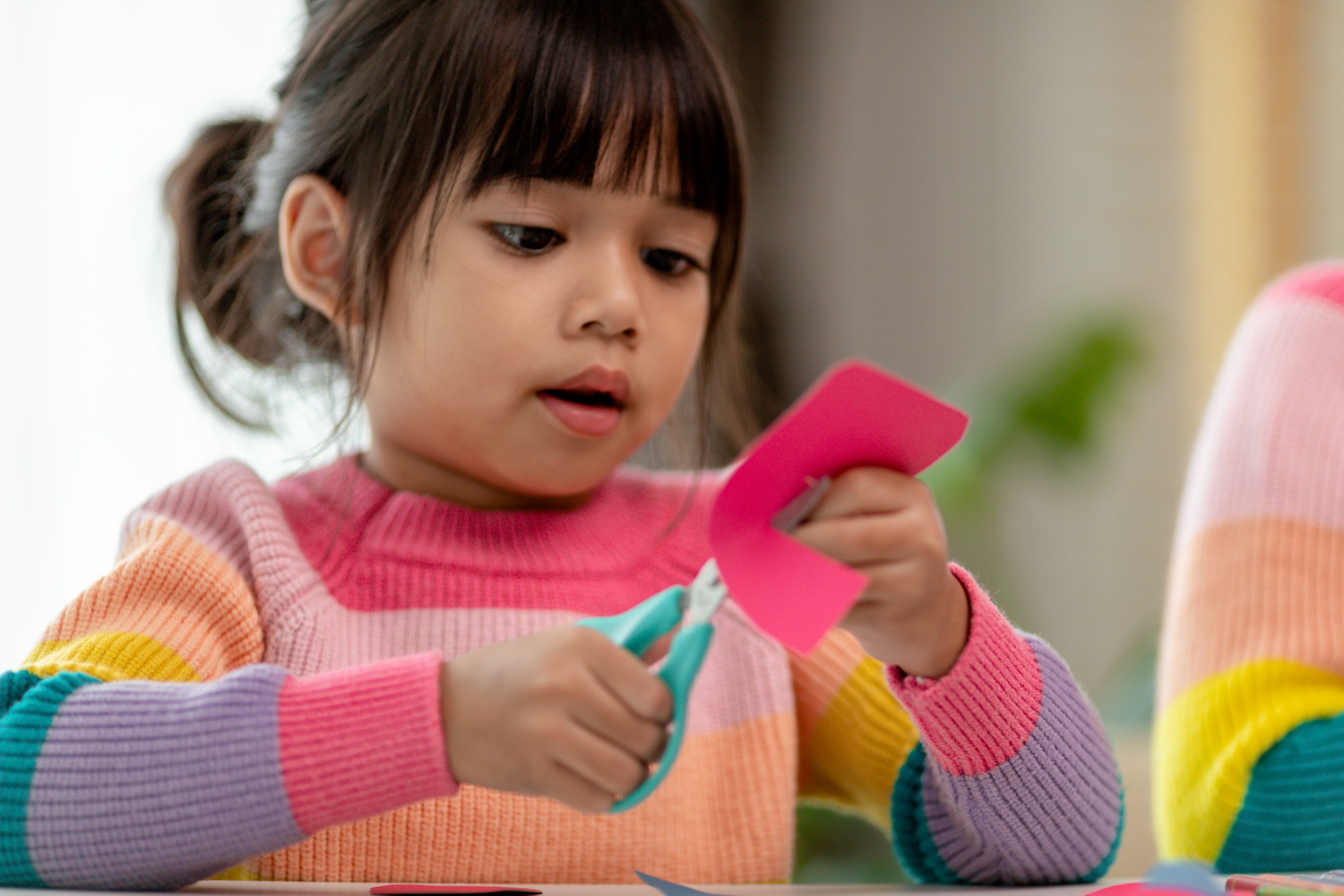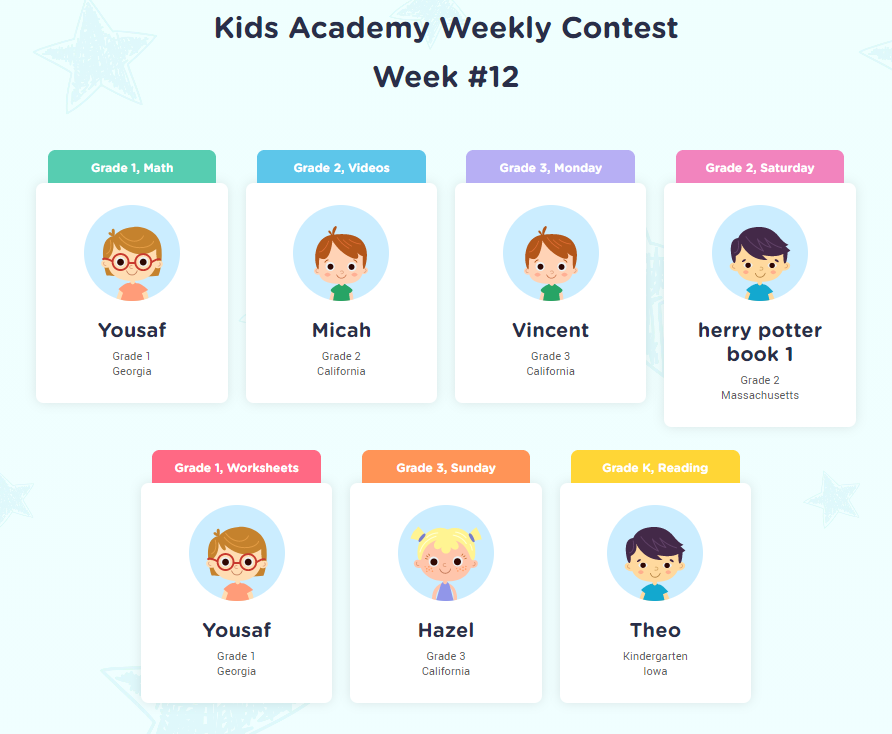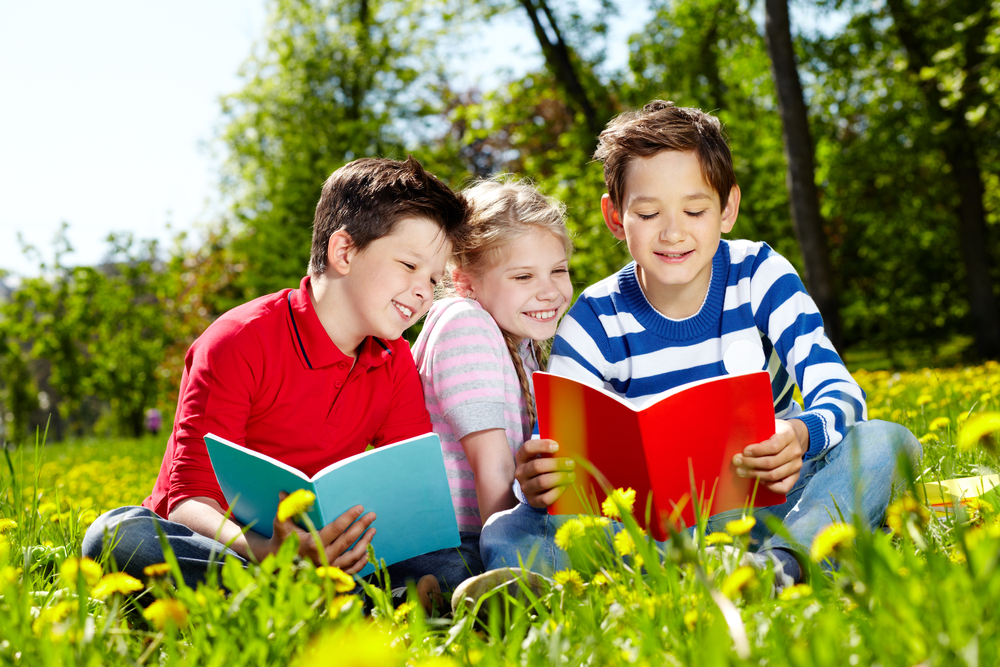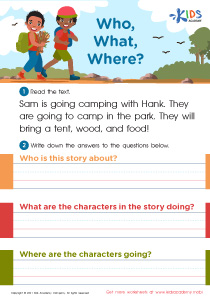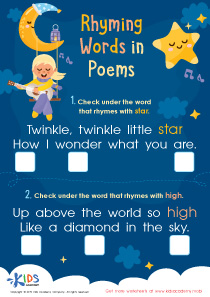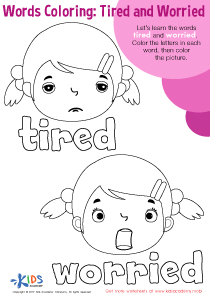Shape Recognition Reading Worksheets for Ages 4-7
13 filtered results
-
From - To
Introduce your child to the world of shapes with our engaging Shape Recognition Reading Worksheets designed for ages 4-7. These expert-crafted activities combine fun and learning, helping young children sharpen their reading skills while mastering basic shapes. Each worksheet encourages exploration, critical thinking, and hands-on practice, ensuring children can identify, trace, and read shape-related words with confidence. Perfect for preschoolers and early learners, our printables provide a strong foundation for future math and literacy skills. Make learning shapes an exciting adventure with these captivating and educational worksheets from Kids Academy.


First Words: What Doesn't Belong Worksheet
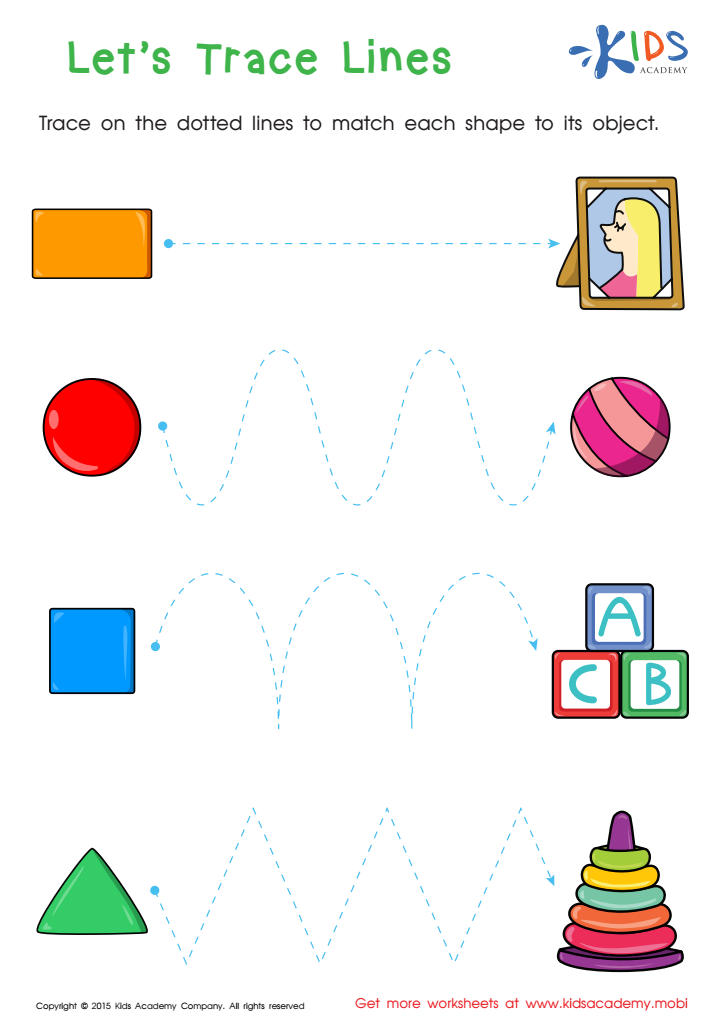

First Words: Let's Trace Lines Worksheet
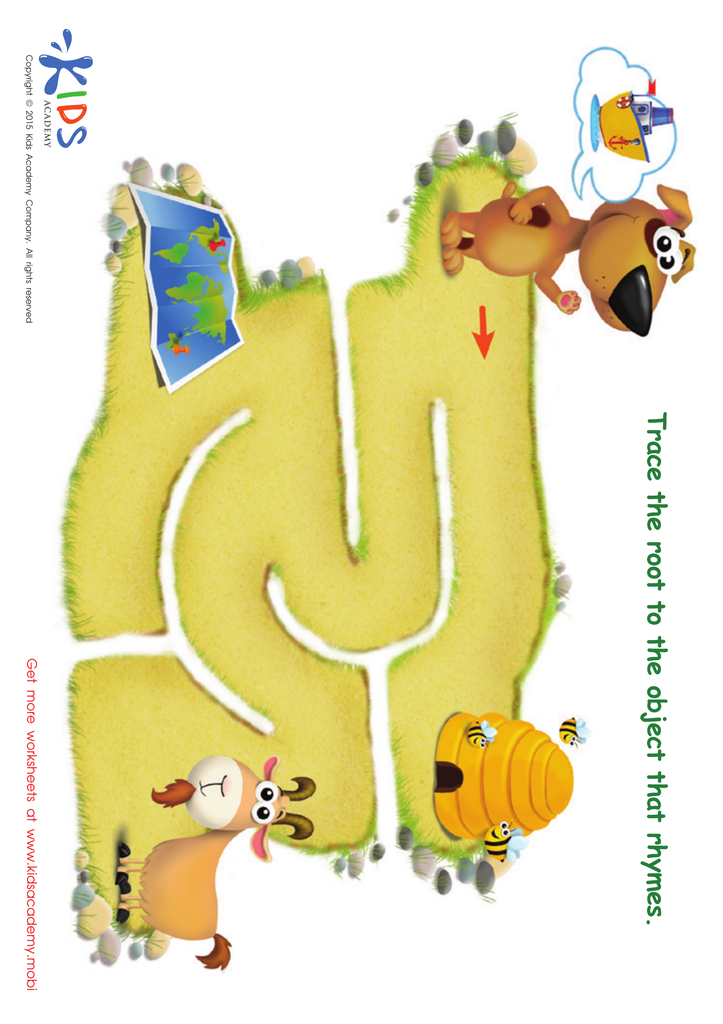

Boat Rhyming Words Worksheet
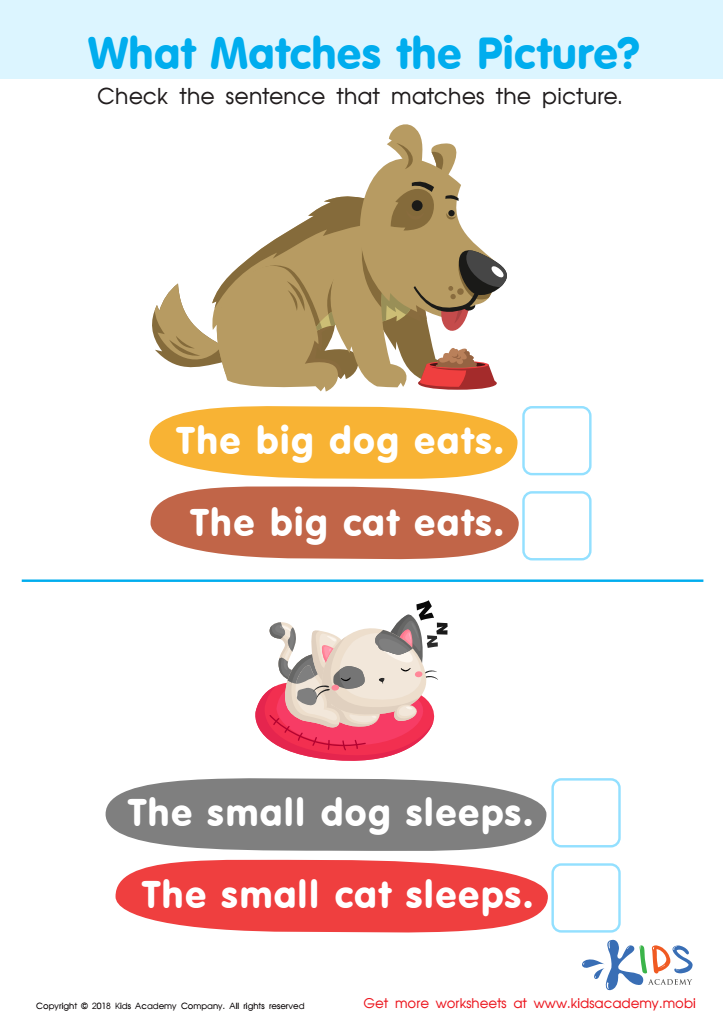

What Matches the Picture? Worksheet
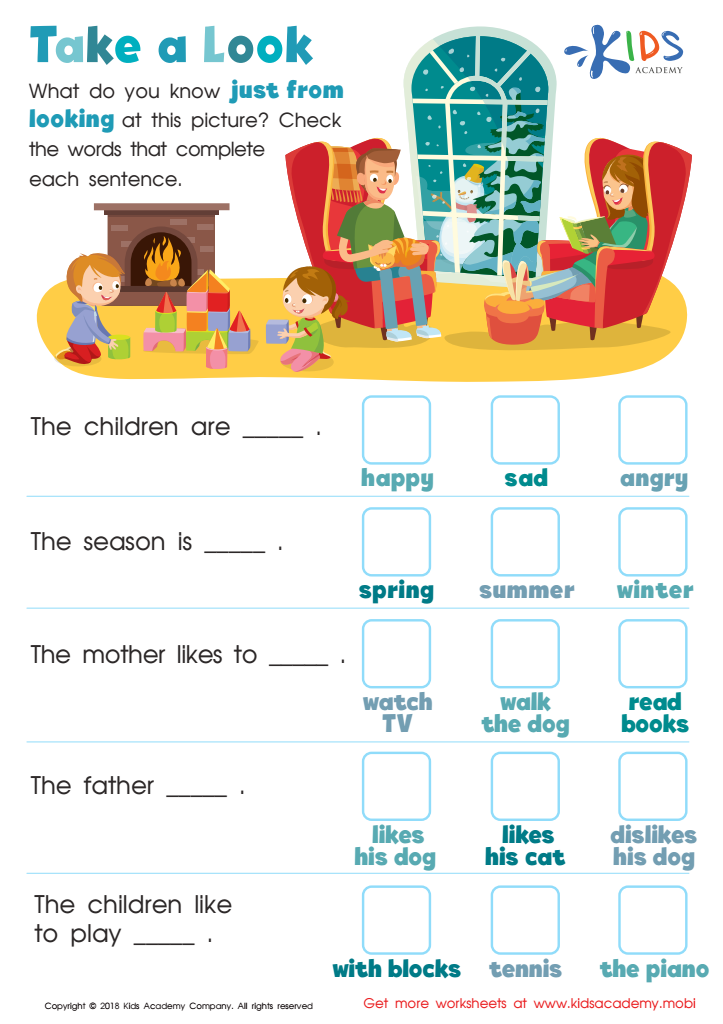

Take a Look - Part 1 Worksheet
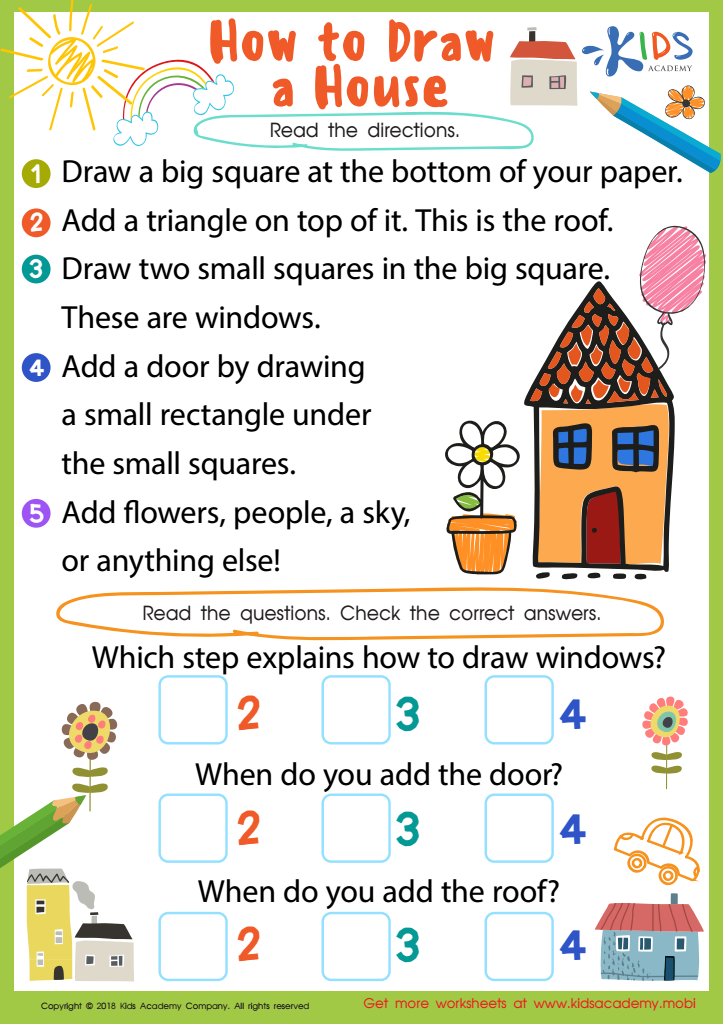

How to Draw House Worksheet
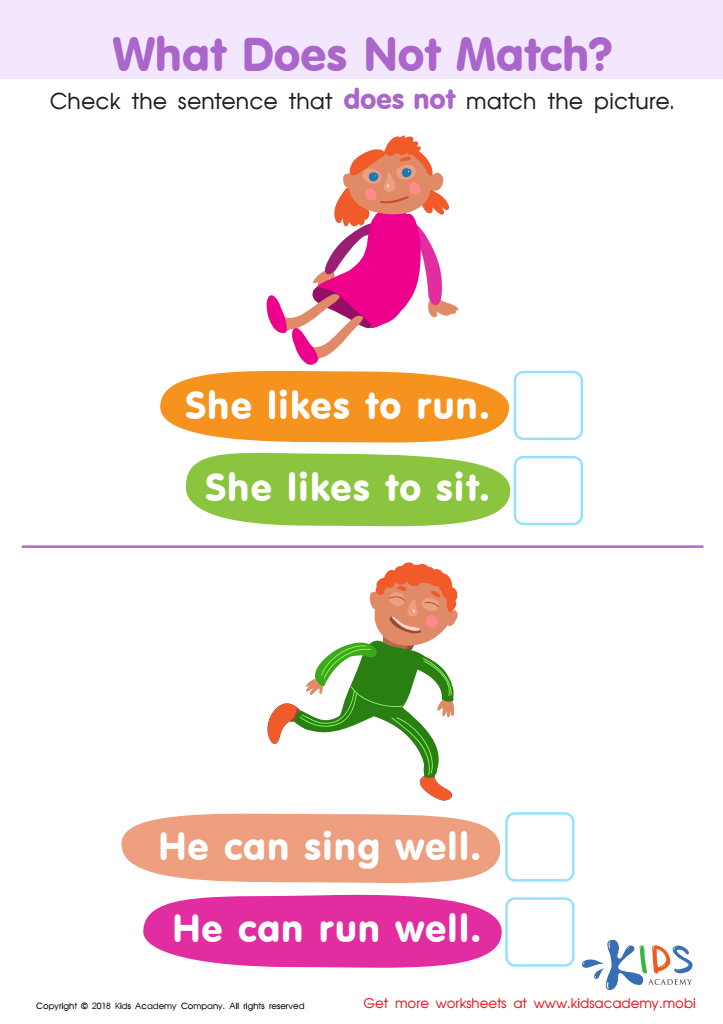

What Does Not Match? Worksheet
Shape recognition is a fundamental aspect of early childhood education and has significant implications for later academic success, which is why parents and teachers should care about nurturing it in children aged 4-7. At this stage, young minds are exceptionally receptive to visual information, making it an optimal period for them to learn basic geometric shapes. Recognizing shapes is more than just identifying circles, triangles, or squares; it aids in the development of critical cognitive skills.
Firstly, shape recognition helps fine-tune a child's visual-spatial understanding, which is crucial for more complex mathematical concepts later on. For example, grasping the properties of different shapes sets a foundation for understanding geometry. Moreover, shape-related activities can improve a child's problem-solving skills as they learn to categorize, compare, and contrast different forms.
Secondly, literacy benefits from shape recognition. Letters and numbers are essentially shapes. Recognizing the differences and similarities among shapes enhances a child's ability to recognize letters and numbers, thereby influencing their reading fluency and numerical skills. Learning to differentiate between the shapes of various letters and numbers prevents common reading errors and strengthens phonemic awareness.
Lastly, social skills are also honed during shape-related activities, especially in group settings where children may collaborate or discuss. This fosters better communication abilities and teamwork.
In summary, prioritizing shape recognition helps build a solid educational foundation, influencing cognitive development, math and literacy skills, and social development, making it invaluable for young learners.
 Assign to My Students
Assign to My Students


